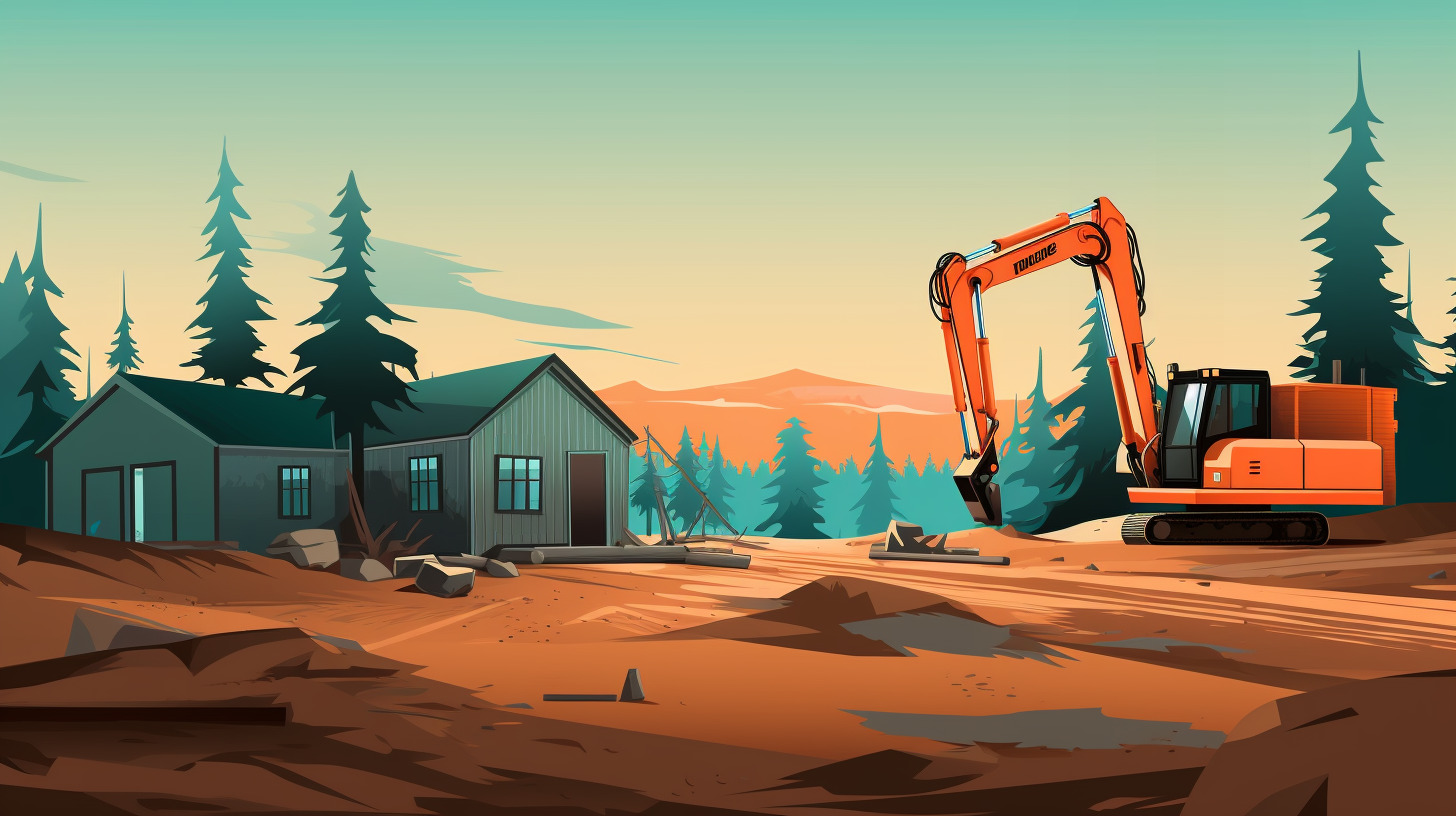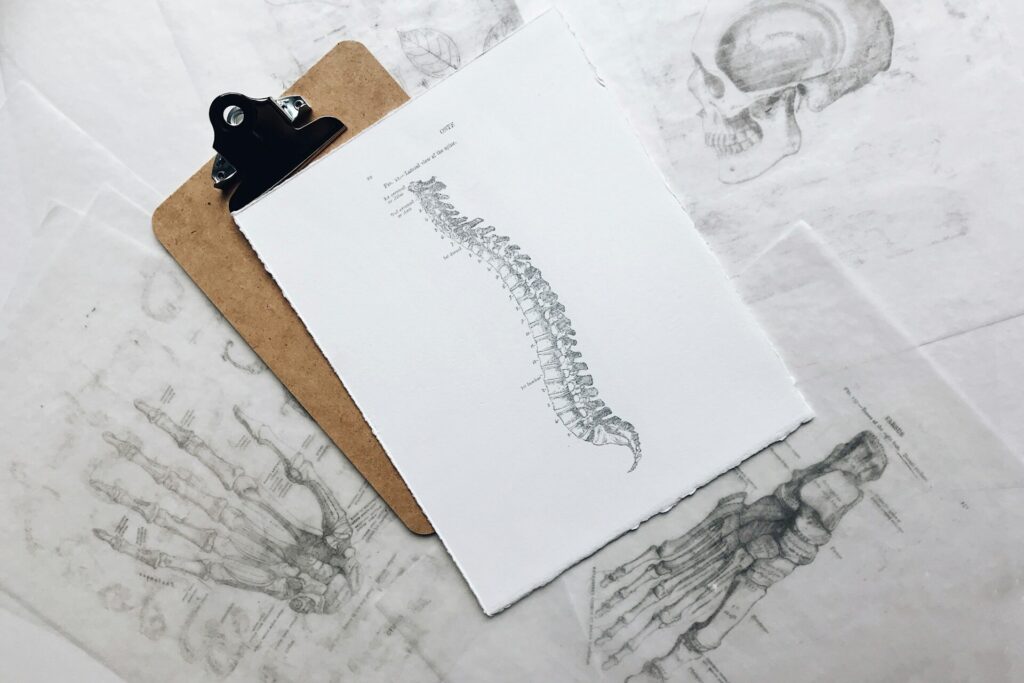
We are reader-supported. When you buy through links on our site, we may earn an affiliate commission.
A solid build begins from the ground up. New construction techniques can ensure the residences built today will withstand the test of time. What new home foundation materials do builders use to avoid cracks and other damage that can turn costly for homeowners?
A house needs a strong foundation for stability. The base holds all the weight and supports it to stand for decades, and you should consider several factors when laying this part. The most important ones are:
- Soil type: Loam is the best type of ground. It combines the best qualities of silt, clay and sand to hold the foundation adequately.
- Weather and climate conditions: The base’s structure differs when you live in a coastal area compared to an earthquake- or flood-prone location.
- Design and size: It also differs if you want to add a basement, crawl spaces or other architectural features. The size of the building matters in determining how strong the foundation is so it can take all the weight.
- Materials: The design engineer may decide that concrete is a better building material for the footing than stone.
The materials for making the foundation are vital since each type offers unique strengths and features. Building one is not a DIY project. It requires the knowledge and experience of professional builders to pick the best elements. Consider using these materials.
1. Stones
Most American homes with stone footings were built between 1900 and 1920, before World War 1. They’re not as common today — most are found in hilly areas — but a stone foundation is as durable as modern building materials. It stands out more due to its original and aesthetic appearance. Stones are affordable if sourced locally and expensive if imported.
Stone homes have stable structures and can last for decades. Rubble is the standard for building, but fieldstone and sandstone are also good new home foundation materials. People prefer stones because they rarely break or deform, holding the house up firmly. Its colorful patterns, when put together, attract homeowners who value aesthetics.
Quality-wise, stones don’t fall behind as they’re moisture resistant — no mold or fungus can grow on the surface. Above all, they’re environmentally friendly. They’re sourced from nature and don’t require other materials or processes to create.
2. Poured Concrete
This material mixes aggregate, water and Portland cement poured to fit the molds or forms of the foundation. Most modern and city homes are made out of this. It can resist overwhelming water pressure and doesn’t break or crumble under considerable weight. Its high flexural strength enables it to preserve a sturdy structure when exerted with high pressure. Moreover, it’s also impervious to flames and heat.
Homeowners default to this new home foundation material because it’s easy to maintain and adaptable to many home designs and styles. Builders can use poured concrete flexibly, whether you want to build a basic four-sided home or a unique design with curves. They add steel bars to reinforce the base’s stability against the soil’s horizontal force.
3. Bricks
Old-school brick homes can last for generations. Bricks are an excellent option for house building, offering a formidable base to withstand fire and the harshest winds. They’re made of clay and shale found sustainably in nature, which help resist mold and mildew in brick houses. Homeowners love them because they’re recyclable. If you need to tear down a brick wall, you can repurpose it to build a garden.
As one of the new home foundation materials, bricks are as durable and easy to maintain as stones. They can withstand high pressure and vertically support your home without denting or cracking. Bricks also help regulate indoor temperature due to their insulation properties. One downside is that they’re porous, so you must add the right waterproofing to prevent them from becoming saturated. Regardless, brick homes have more value than other types.
4. Wood
A permanent wood foundation (PWF) first became popular in the 1960s. These homes appeal to homebuyers due to their unique advantages. The finish is often made of lumber or timber treated with chromated copper arsenate (CCA) to preserve the wood and make it decay-repellent. Certain wood types — such as cypress, cedar and redwood — are ideal substructures since mold and insects can’t penetrate them, but they’re costly.
Wood is a natural insulator, which is one reason homeowners love a PWF as a new home foundation material. It can make the crawlspace or basement warmer, more comfortable and livable. It’s also as durable and solid as other materials but needs more maintenance.
5. Steel
Steel foundations are becoming popular new home foundation materials as an alternative to conventional wood or concrete. Before, only commercial buildings and offices used metal to stabilize a base that could withstand the weight of hundreds of people. Now, residential spaces use it, too.
Steel is expensive but cost-effective in the long run. You can save money in many ways. It’s maintenance-free and requires less time to build, curbing the cost of labor.
You can also escape many homeowners’ worries since insects can’t damage the structure. Steel lasts a lifetime and is strong and pliable. It naturally doesn’t burn. Still, builders coat it to make it fireproof so the frame can maintain its structural integrity in case of fire.
6. Concrete Blocks
Concrete blocks or cinder masonry units (CMUs) provide a reliable wall foundation. Builders create the base by coating the footings with mortar — a mixture of water, sand and fillers — to bind the cinder blocks. It’s then topped with another layer of blocks to form a structure. Contractors add rebar to make the frame more robust.
Cinder blocks make the building procedure straightforward. They’re also portable. You can carry them from one place to another easily. Although they’re suitable materials, the blocks are hollow and water droplets could get into the gaps. It’s susceptible to water damage.
7. Hard and Soft Earth
It used to be common to build homes on uniformly hard or soft earth. Nowadays, it’s only done in certain locations. Builders can skip prepping or digging for a foundation when working with hard and highly compact ground. An example of this durable ground is rock. Hard earth is the easiest ground to build a home on. It’s stable, protects from floods and landslides, and makes the construction process efficient.
You can build on even-leveled soft earth. However, structures can’t sustain heavy loads without impact — your home will sink over time. It’s best if all sides of the foundation move together when it settles. Spreading the weight to a broader surface area and deepening the foundation for the base to latch onto more compacted soil can solve this problem.
Work With a Professional in Choosing the Foundation for Your Home
Your home is an investment you will live in for a lifetime. It’s best to onboard experienced builders to evaluate the most suitable foundation material based on the location, architectural design and type of ground. Expert help saves you from future structural problems and costs associated with modifications.










